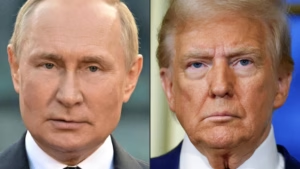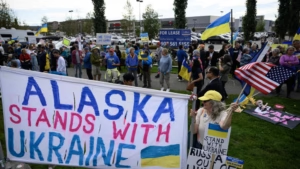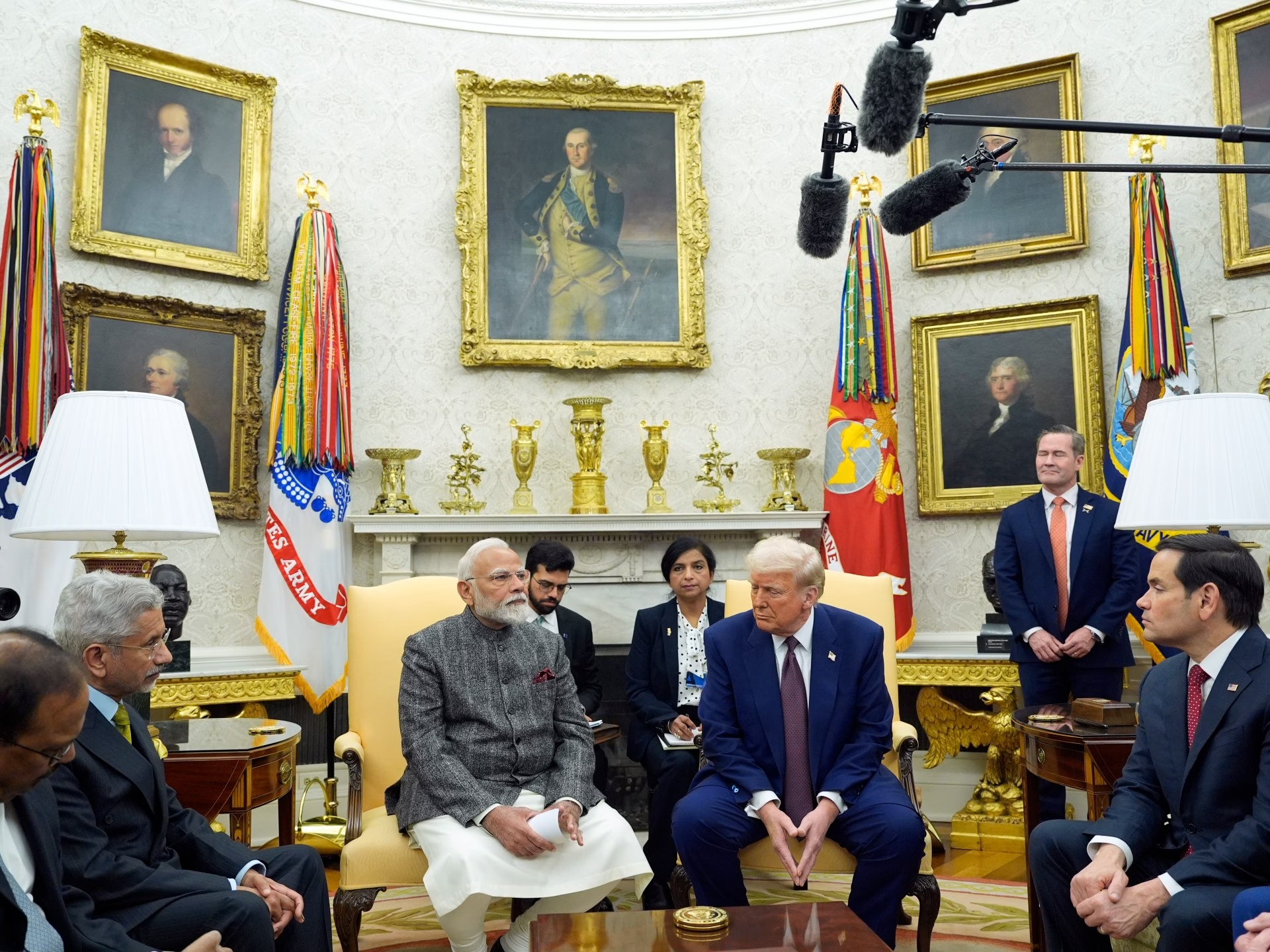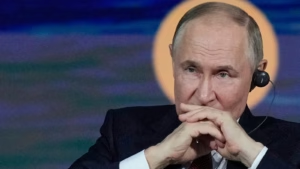In New Delhi, India, the upcoming meeting between US President Donald Trump and Russian counterpart Vladimir Putin in Alaska will be closely watched not only in their respective countries and regions like Europe and Ukraine, but also thousands of kilometers away in New Delhi. Since the end of the Cold War, India has tried to balance its strong ties with Russia and its increasingly significant relationships with the US.
Under Presidents George W Bush, Barack Obama, and during Trump’s first term, as well as under Joe Biden, Indian-US relations were particularly strong. Analysts attribute this warm relationship largely to India’s role as a counterbalance to China’s growing power in the Asia Pacific.
Despite this, India and the US now seem like far from the “best partners” as Obama once described them. Trump has imposed a 50 percent tariff on Indian imports, which is among the highest for any country. This includes a penalty for India’s purchase of Russian oil amid its conflict with Ukraine, which the US had previously encouraged to keep global oil prices low.
China, which imports more Russian oil than India, has received a temporary reprieve from high US tariffs as Washington negotiates a deal with New Delhi. This disparity has raised questions about whether Trump’s approach is a shift in the US’s Asia pivot strategy.
Prime Minister Narendra Modi and Trump have had warm ties in the past, but the current dispute suggests this warmth has waned. The personal dimension of their relationship seems to have influenced the state of ties between the two countries.
India’s strategic importance has kept its relations with the US close over the past quarter-century, primarily due to shared concerns about China. However, the unpredictability of Trump’s presidency has disrupted this long-standing partnership.
Obama’s “Rebalance to Asia” policy aimed to strengthen the US presence in the Asia Pacific, including economically and militarily. Trump has largely continued this policy but with less emphasis on binding economic ties, instead focusing on security cooperation. However, his recent moves towards tariffs on countries like India have led to reexamination and uncertainty about the US’s commitment to Asia.
In the face of Trump’s tariffs, India is seeking diplomatic solutions with Moscow, and Modi has shown a willingness to engage with China and Russia. This has led to the suggestion of India, Russia, and China possibly revisiting the trilateral mechanism that had previously been dormant.
While some see this as a symbolic move, there are concerns about its impact on India’s relationships with Russia and China, which are at best strategic competitors. The uncertain future of the US-India relationship and India’s potential to rebalance its ties with its neighbors adds a layer of complexity to the geopolitical dynamics in the Asia Pacific region.
Source: https://www.aljazeera.com/features/2025/8/15/as-trump-splits-from-india-is-the-us-abandoning-its-pivot-to-asia?traffic_source=rss









